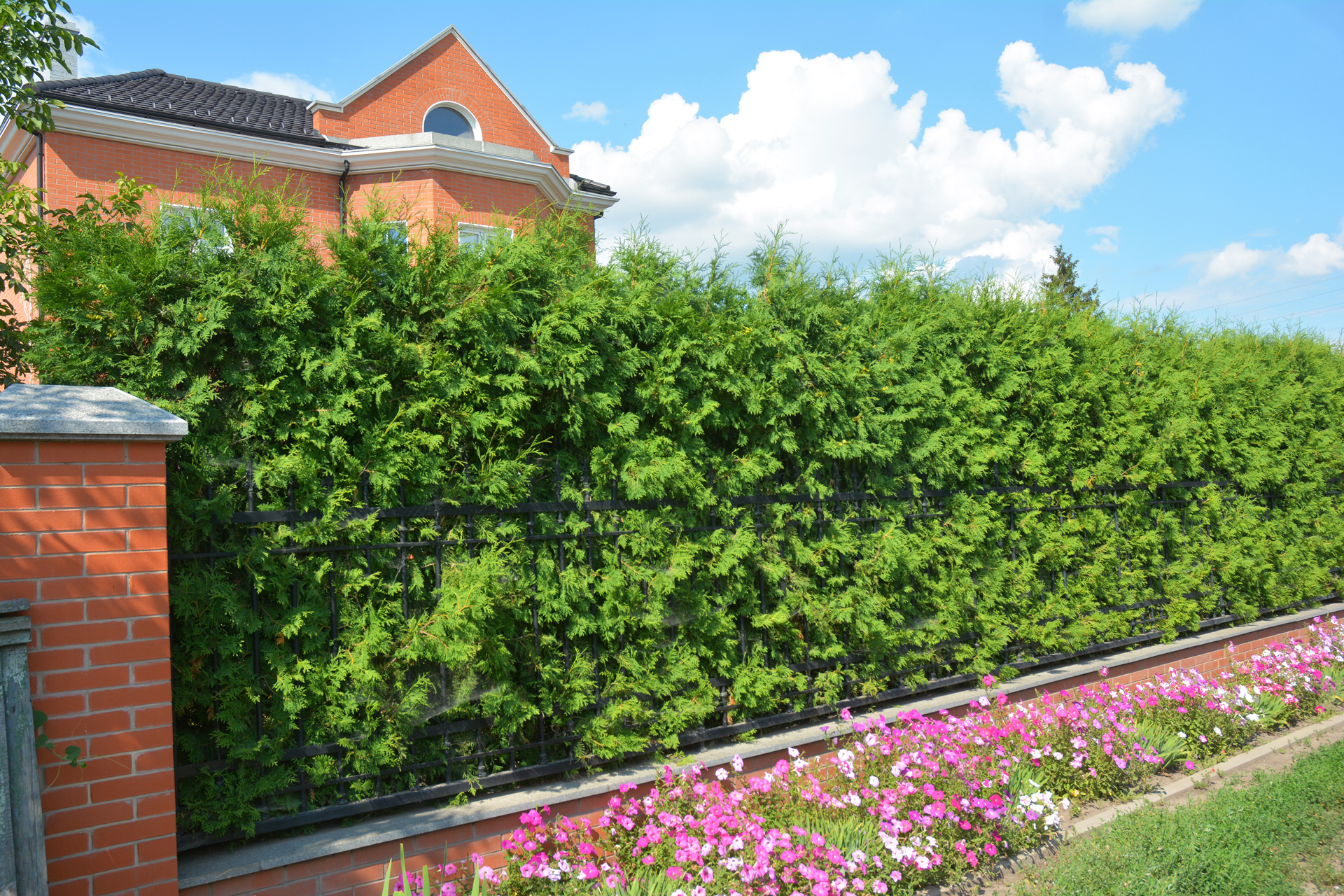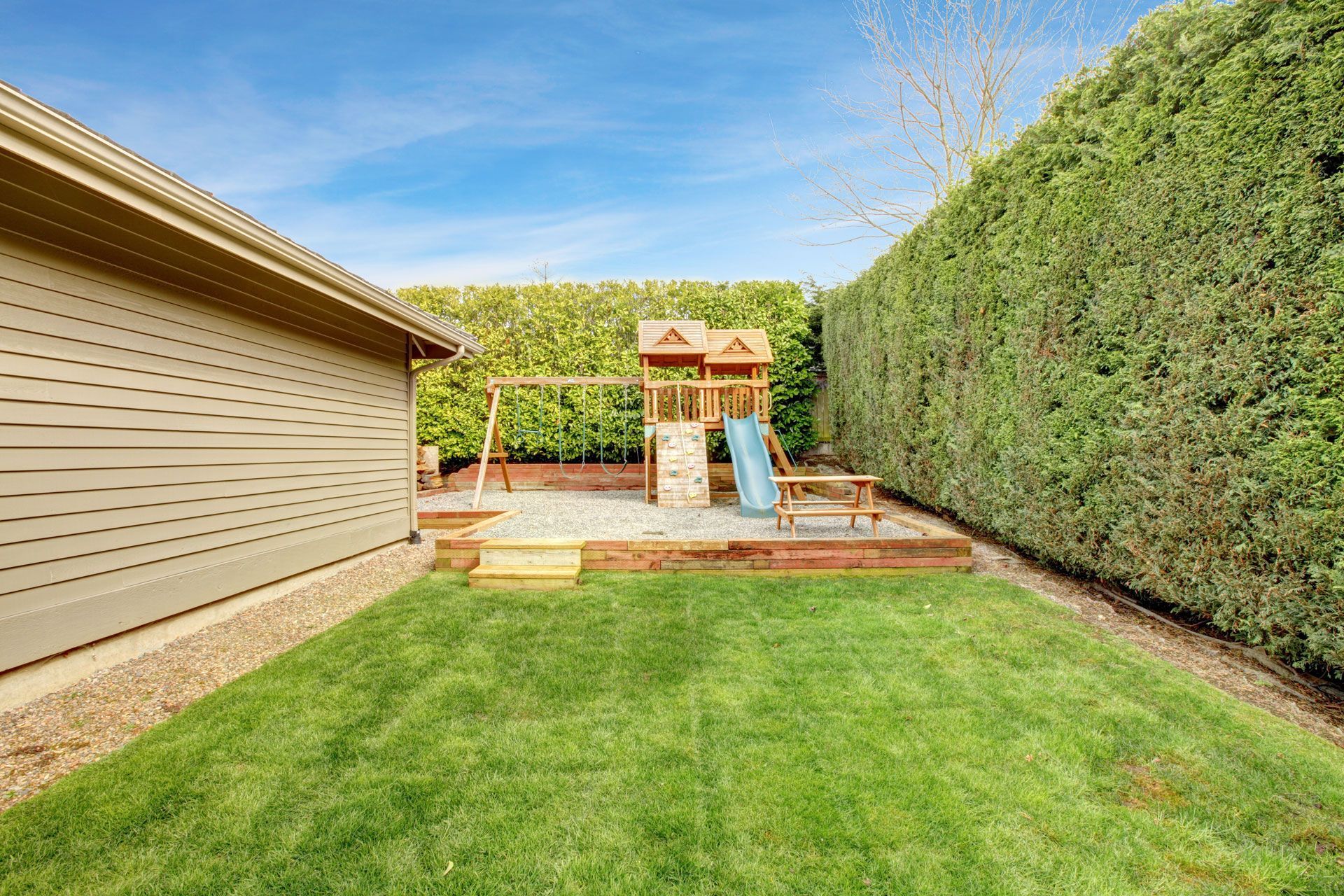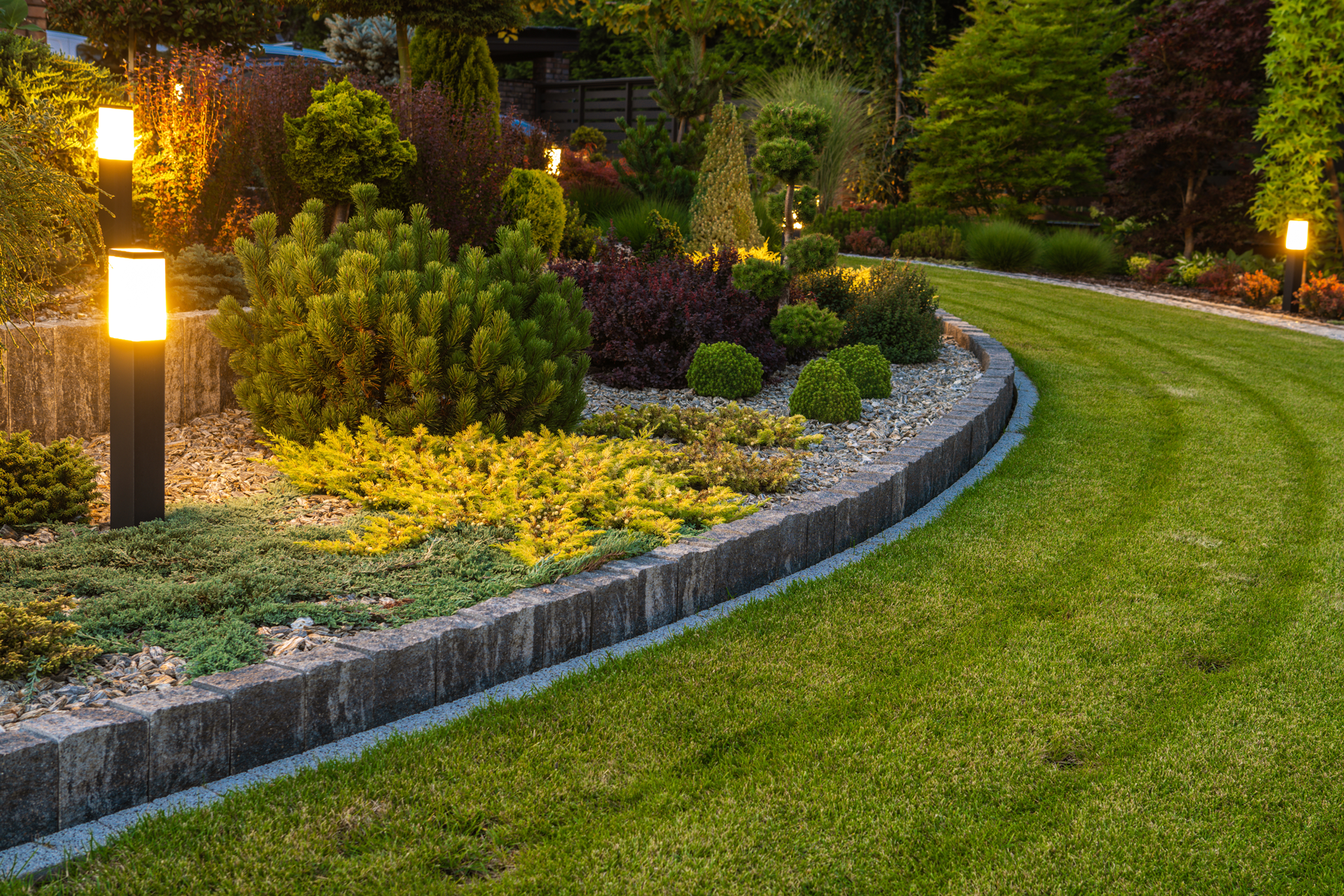Mastering The Perfect Lawn
How To Create And Maintain The Best Lawn
A well-kept lawn not only boosts curb appeal, but it also provides an inviting space to enjoy the outdoors. However, we understand that maintaining a perfect lawn in this region comes with its unique set of challenges, from extreme heat to pesky insects. That's why we've compiled this comprehensive guide, providing practical tips and insights to help you master lawn care and maintenance in the challenging Southwest Florida climate.
Understanding The Southwest Florida Climate
Southwest Florida is known for its subtropical climate, which is characterized by hot and humid conditions. These weather patterns significantly impact the health and appearance of your lawn. To achieve a thriving lawn, it's crucial to understand how the regional climate affects grass growth and maintenance requirements. During the long, hot summer months, for example, your lawn will need extra attention in terms of watering and mowing. Conversely, the cooler winter months may require less frequent maintenance but come with other specific needs.
Choosing The Right Type Of Grass
Selecting the appropriate grass type for your lawn is essential to ensure it thrives in the Southwest Florida climate. Several types are suitable for this region, including Bermuda, Zoysia, Bahia, and St. Augustine. When choosing the right grass for your lawn, consider factors such as soil type, sunlight, foot traffic, and your desired maintenance level.
Bermuda, for example, is known for its drought tolerance and ability to withstand heavy foot traffic, making it an excellent choice for lawns that see a lot of use. Zoysia is a versatile option that thrives in both sun and shade, and its dense growth pattern creates a lush, carpet-like appearance. Bahia is a low-maintenance option that's well-suited to sandy soils, which are common in Florida. St. Augustine is popular for its broad, dark green blades and ability to adapt to a variety of soil types. However, it requires regular watering to stay healthy.
Each grass type has its pros and cons, so it's essential to evaluate your specific needs and conditions when making your choice. Once you've selected the right grass for your lawn, proper installation and maintenance will help ensure it remains healthy and vibrant.
Soil Preparation And Lawn Installation
Proper soil preparation is a critical step in establishing a successful lawn. Start by removing any debris, such as rocks or sticks, from the area. Then, level the ground to prevent low spots that can collect water and create uneven grass growth. Depending on your soil type, you may need to add organic matter or other amendments to improve fertility and structure.
There are several options for lawn installation, including seeding, laying sod, or using plugs or sprigs. Seeding is a cost-effective option but requires more time and effort to establish. Sodding provides an instant lawn, but it's more expensive and requires careful installation. Plugs or sprigs are small sections of grass that are planted and eventually grow together to form a full lawn.
Once you've chosen your installation method, follow the best practices for timing and watering to ensure your new lawn establishes well. Proper watering is especially crucial in the first few weeks after installation, as the grass roots are developing and need consistent moisture to grow strong and healthy.
Watering Your Lawn
Proper watering is a cornerstone of a healthy lawn, especially in Southwest Florida's hot and humid climate. Factors like grass type, soil type, and weather conditions affect the watering frequency and duration. It's essential to adjust your watering practices to accommodate these variables.
Generally, lawns in this region require more frequent watering during the hotter months to stay healthy. Watering in the early morning or late afternoon is ideal to minimize evaporation and ensure that your lawn receives the necessary moisture. Overwatering can lead to shallow root systems and increase the risk of disease, so it's crucial to strike the right balance.
Investing in an efficient irrigation system can help ensure your lawn receives consistent and even watering. Drip irrigation or soaker hoses are excellent options for delivering water directly to the soil, reducing wastage and promoting deep root growth. Automatic timers can help you maintain a regular watering schedule, even when you're not around.
Fertilization And Soil Management
Fertilization plays a crucial role in promoting healthy lawn growth. Lawns in Southwest Florida have specific nutrient needs, and proper fertilization helps meet these requirements. Proper timing and application are essential to maximize the effectiveness of your fertilizer.
Organic and synthetic fertilizers are available, each with its advantages and disadvantages. Organic fertilizers release nutrients more slowly and improve soil structure over time, while synthetic fertilizers provide immediate nutrient availability but may require more frequent application.
Soil pH also plays a vital role in nutrient absorption. It's essential to test your soil's pH regularly and make any necessary adjustments to ensure your lawn can access the nutrients it needs. Lime or sulfur can be used to raise or lower soil pH, respectively. Consult with a lawn care professional to determine the most appropriate solution for your soil.
Mowing And Lawn Maintenance
Regular mowing is essential for maintaining a healthy and aesthetically pleasing lawn. The appropriate mowing height varies depending on the grass type, but generally, you should avoid cutting more than one-third of the grass blade at once. Keeping your mower blades sharp is crucial to prevent tearing the grass, which can create openings for pests and diseases. Grass clippings can be mulched back into the lawn, providing valuable nutrients and reducing the need for additional fertilization. Alternatively, you can bag the clippings for disposal or composting.
Other seasonal lawn maintenance tasks, such as dethatching and aeration, help improve soil health and promote strong grass growth. Dethatching involves removing the layer of dead grass and organic material that can build up on the soil surface, while aeration involves creating small holes in the soil to improve air, water, and nutrient penetration.
Pest And Disease Management
A lush lawn in Southwest Florida can unfortunately also be an inviting haven for a variety of pests and diseases. Common threats include chinch bugs, mole crickets, and fungal diseases like dollar spot and brown patch. Being proactive and vigilant is crucial to maintaining a healthy lawn free of these challenges.
Preventative measures can go a long way in minimizing pest and disease problems. Proper watering, mowing, and fertilization practices create a strong and robust lawn that is less susceptible to these threats. Additionally, promoting good air circulation and avoiding excessive moisture on the grass blades can help prevent fungal diseases.
When facing specific pests or diseases, proper identification is crucial for effective treatment. Chinch bugs, for example, cause yellowing and browning of the grass and can be identified by their small black and white appearance. Mole crickets, on the other hand, create tunnels and can cause the ground to feel soft or spongy.
There are both chemical and natural treatment options available for managing pests and diseases. Chemical treatments can be highly effective but may come with environmental concerns or restrictions on lawn use after application. Natural treatments, such as beneficial nematodes for mole crickets or neem oil for chinch bugs, provide an eco-friendly alternative but may require more frequent application.
Landscaping And Lawn Aesthetics
A well-maintained lawn is the foundation of any beautiful outdoor space. However, landscaping plays a crucial role in enhancing the overall appeal of your yard. Thoughtfully designed landscaping can create a harmonious and inviting atmosphere that complements your lawn.
When designing your landscape, consider factors like color, texture, and scale. Incorporating a variety of plants and shrubs can create visual interest and depth. Choose plants that thrive in Southwest Florida's climate and consider their growth habits, maintenance needs, and seasonal changes.
Maintaining lawn edges and boundaries is essential for a polished and professional appearance. Regular edging along driveways, walkways, and garden beds creates clean lines and prevents grass from encroaching on these areas. Proper pruning and trimming of plants and shrubs also contribute to the overall aesthetic of your outdoor space.
Mastering the perfect lawn in Southwest Florida requires a combination of knowledge, effort, and dedication. By understanding the unique climate and challenges of the region, selecting the right grass type, and following proper maintenance practices, you can achieve a healthy and beautiful lawn that enhances your outdoor living space. At Heartland Outdoor Living And Design, we're here to help you every step of the way, providing expert guidance and services to ensure your lawn thrives in any season.
All Rights Reserved | Heartland Design And Outdoor Living



